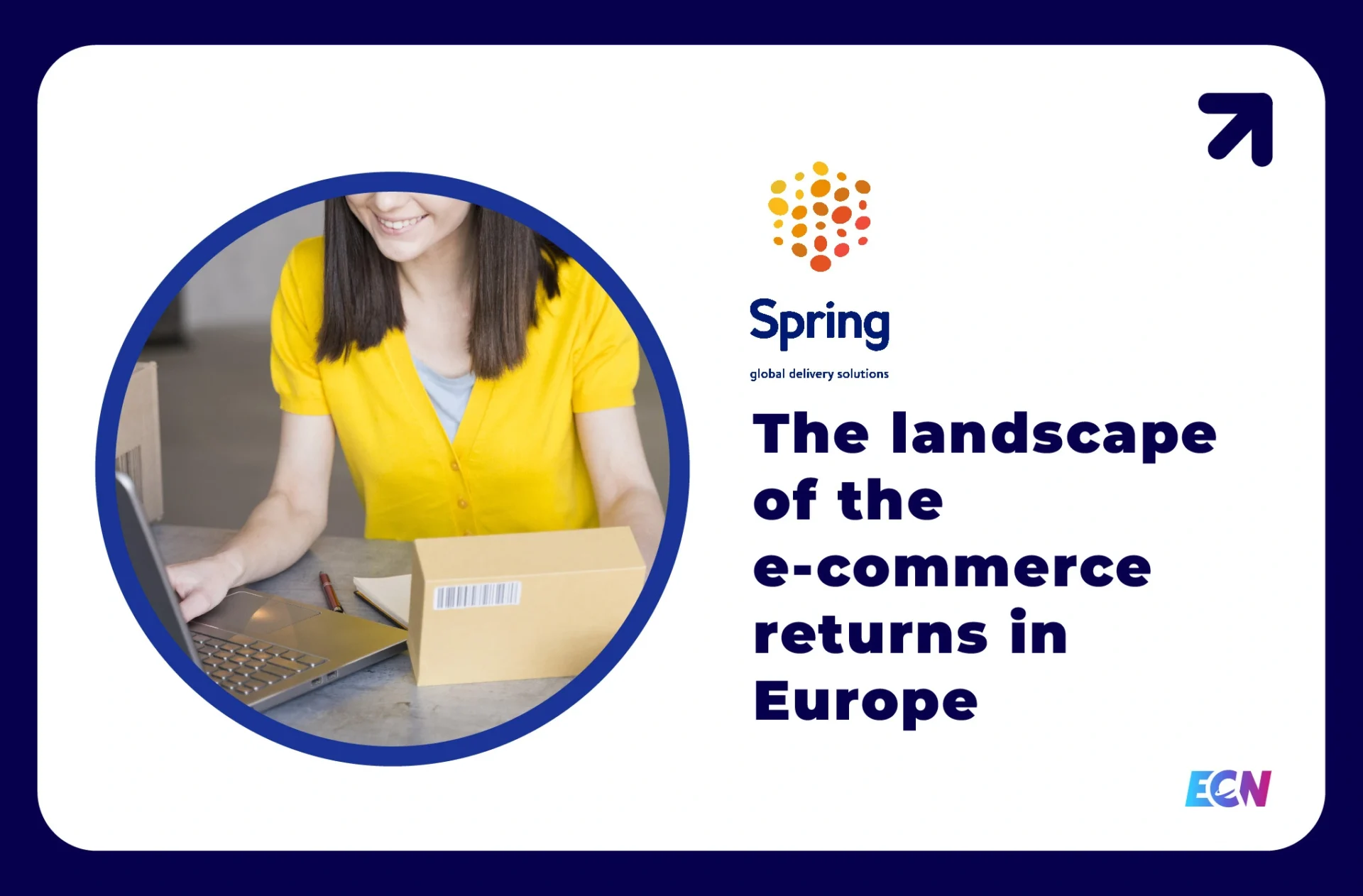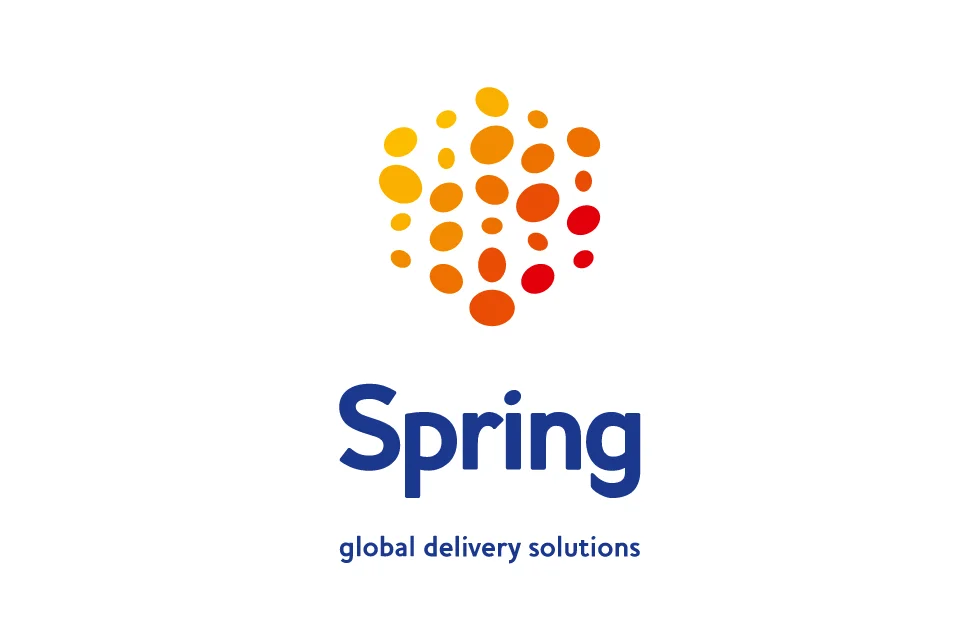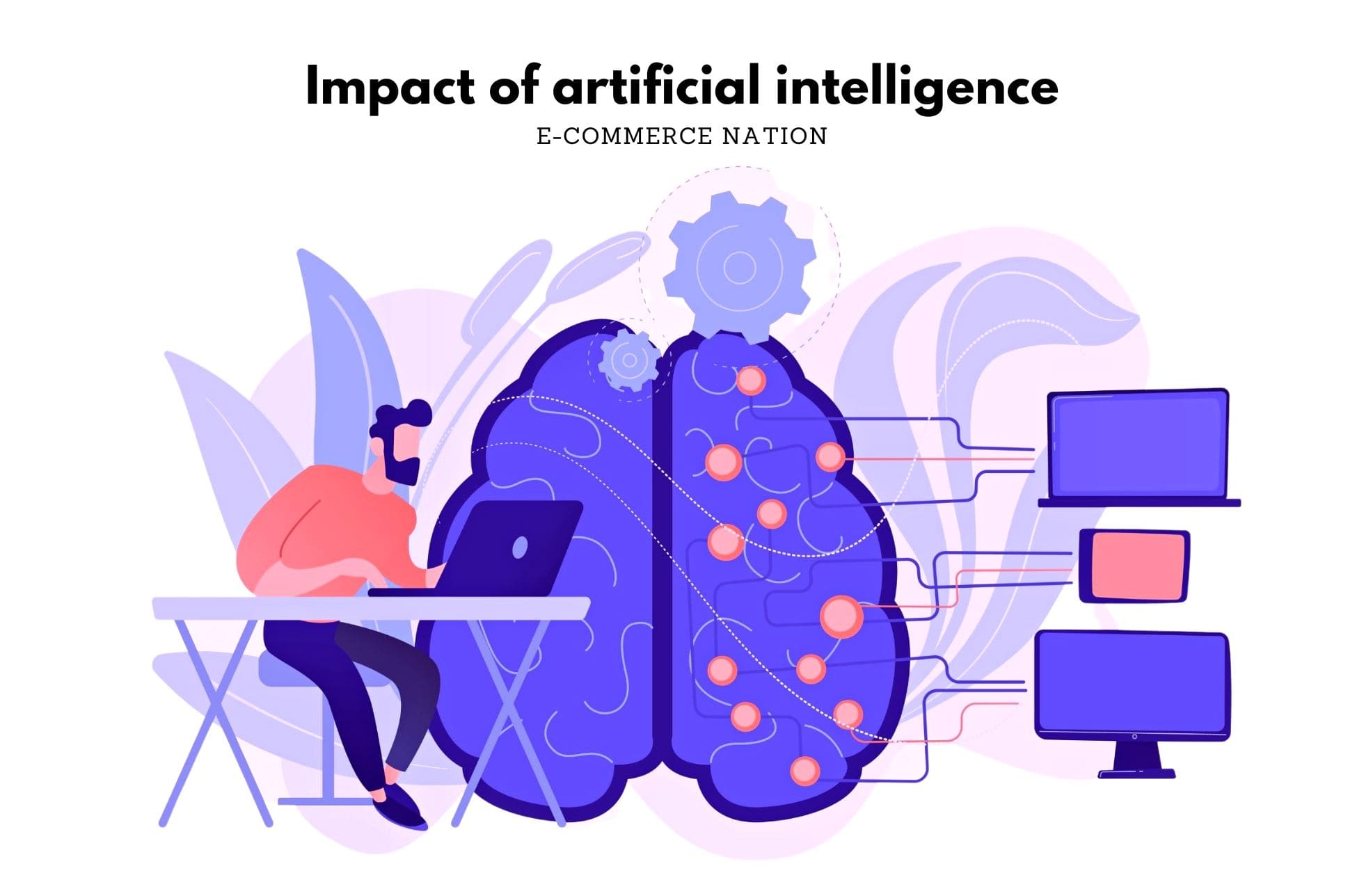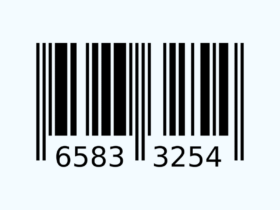B2B and B2C e-commerce are two very different entities that everyone in marketing and business talks about. Both have a different target, a different buying motive, a different type of content, different needs and many more. When we hear about B2B e-commerce we talk about “Business to Business”, whereas for B2C e-commerce we will talk about “Business to Consumer”.
B2B and B2C e-commerce: what is it?
B2B e-commerce concerns commercial transactions carried out between companies or between professionals on the Internet. On the other hand, B2C e-commerce concerns commercial exchanges between your company and final consumers on the Internet. We can already see the first difference between these two terms, namely that they do not have the same customer target.
But what are the exact definitions of B2B and B2C?
B2C: targeting the general public
B2C or “Business to Consumer” will concern individuals, the final consumers. Here, the particularity is to please the consumer. The offer will be adapted to the consumer and the aim will be to make them dream in order to claim a potential conversion. With the boom in Internet sales, individuals are increasingly turning to easy, quick and no-movement purchases: B2C e-commerce. B2C will enable this purchasing relationship to be built between the company and the individual.
B2C consumers will have very specific needs:
- The best possible product at a very attractive price.
- They will pay particular attention to the image of the brand and its reputation.
- Customer service must follow and must be well managed.
- B2C consumers will pay close attention to reviews and comments left by former customers.
- They will be sensitive to the adaptation of the website on different media (computer, mobile…).
- Delivery must be fast and inexpensive in B2C.
B2B: the business-to-business approach
The B2B or “Business to Business” approach is aimed at professionals. B2B concerns electronic transactions between several commercial entities on the Internet. It is common to think that companies will look for the same solution as in B2C but this idea is false because their needs are different.
B2B professionals also have their own specific needs:
- They will be oriented towards companies that sell in bulk in order to be able to buy large quantities at attractive prices.
- They will be sensitive to very detailed and precise technical information.
- Being able to negotiate prices is essential in B2B.
- Having direct contact with an expert and being able to test the products.
- Payment and delivery methods adapted to large quantities and long lead times.
- All B2B companies are unique and have different needs, so they will be attracted to a company that customises its offer and has a special relationship.
Top 6 main differences between B2B and B2C
The gap between B2B and B2C e-commerce is large. There are many differences and here are the top 6 biggest distinctions between the two terms.
1. The structure and content of the website differs
On the B2B side, professionals know the jargon used in e-commerce, they know the technical terms and will have no trouble deciphering them. On the other hand, if you have to market your product via B2C e-commerce, you will have to play the simplicity card, adapting to your audience, which knows neither the product nor the technical terms used to qualify it.
The B2C content must make your customer dream and want to buy the product. Thus, B2B and B2C websites are very different and are entirely adapted to the target. The B2B customers will expect from you a very detailed content, find all the technical information necessary for their purchase while in B2C, if the image of the product is well chosen and the description is simple to understand, the customer will go to the purchase.
The B2C customer does not want to waste time, the simpler the information, the quicker they will validate their basket!
2. The number of contacts between B2B and B2C
When you orient your website towards B2B, you should expect a high number of interlocutors for the same customer. Indeed, it is not only one person who makes the purchase decision but sometimes several people, which leads to a higher time consumption.
On the other hand, on the B2C side, the purchase is all the quicker because it is very often only one person who makes the decision and depending on their desire to consume, they will not wait to validate their order. Thus, B2B e-commerce often takes longer to sell their product because the purchase decision is long and goes through several intermediaries. This long process will require the website’s managers to be vigilant in monitoring its potential customers and building their loyalty.
3. Entertainment vs. expertise: the reason for buying is different
In B2B, the customer will seek the best possible expertise, terms and technical use of the product. Conversely, in B2C, the consumer will be looking for offers, promotions or entertainment.
In B2C, the decision to buy is often impulsive and the consumer does not necessarily need the product, but will buy it because the advertising, the ergonomics of the website or the image of the brand will appeal to them and make them want to buy it. In B2B, it’s very different, the product is necessary for the company and they will look for the best performing product that is best adapted to their needs.
4. A different proximity to the brand in B2B
A B2C customer will not necessarily seek to establish a relationship with the company. Their aim is to visit a website that is easy to access, pleasant and to be able to buy their product as quickly as possible. On the other hand, the B2B customer is very attentive to the interest of the brand, and will be all the more receptive to an e-tailer who will maintain the relationship with his professional customer and who will adapt the offer to his needs.
5. Delays will be longer in B2B than in B2C
In B2B, in most cases, companies buy in bulk. This means that the quantity requested will be large and that the delivery will also be large. Delivering large quantities requires strong organisation and resources. As a result, delivery times in B2B are often much longer than in B2C because the latter will only buy a small quantity that can be delivered more easily and therefore more quickly. An order placed in B2B will require planning, delivery dates organised and fixed in advance and adapted to the type of order, whereas the B2C customer will adapt to the delivery costs proposed by the Internet website and will be satisfied with them.
6. The customer experience should be paramount in B2C
E-commerce has been growing rapidly in recent years because the buyer is increasingly sensitive to digital and the ease it provides. But to be efficient and to adapt to the customer, companies must improve their purchasing process and the navigation of their e-commerce website.
A B2C customer will appreciate smooth, easy-to-access navigation and the latest trends. While a B2B customer will want the website to adapt to their needs and to be able to negotiate prices or contract terms. To give you an idea, 50% of B2B buyers surveyed for a Frost & Sullivan study identified a personalised offer as a key point in choosing the right e-tailer to work with.
What about C to C?
A new form of commerce has emerged, representing the consumer-to-consumer model. Resale applications such as Vinted or Leboncoin are C to C websites. They bring consumers together directly, usually selling goods that have already been worn or used. The companies behind the websites generally charge commissions in order to remunerate themselves.
Image credit: bsdgraphic








